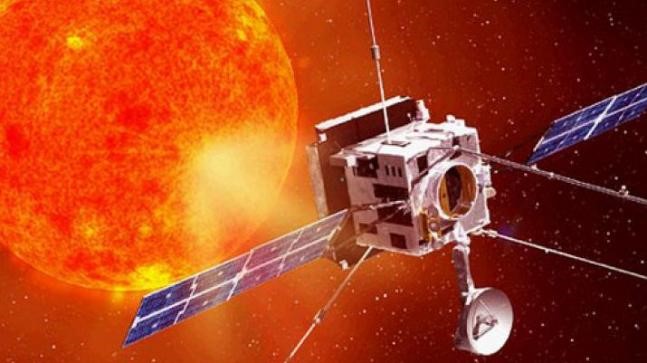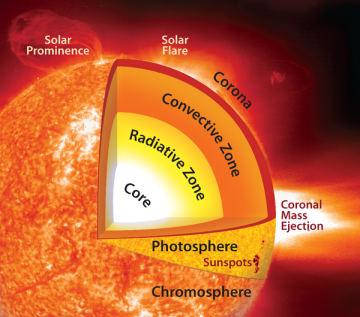Free Courses Sale ends Soon, Get It Now


Free Courses Sale ends Soon, Get It Now



Disclaimer: No Copyright infringement intended.
Context




The coronal mass ejections (CMEs)
Impact
About ADITYA L1 Mission
https://pib.gov.in/PressReleasePage.aspx?PRID=1756714
© 2024 iasgyan. All right reserved